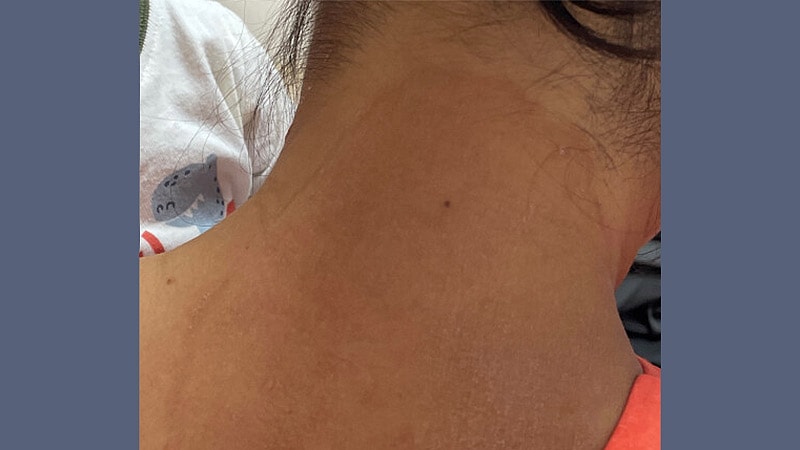The Rise of Drug-Resistant Tinea Infections: Challenges and Collaborative Solutions
This article explores the growing concern of drug-resistant tinea infections, focusing on the emergence of T. indotineae, terbinafine-resistant T. rubrum, and TMVII. It highlights the challenges in diagnosis and treatment, emphasizing the need for increased awareness, improved diagnostic tools, and a collaborative approach to combat these infections.
The article begins by describing the changing landscape of dermatophyte infections, with T. indotineae presenting atypical symptoms that often mimic other skin conditions. This underscores the difficulty in diagnosis, as confirmation requires specialized molecular testing not readily available in many labs.
The piece then delves into the issue of underreporting, as surveillance for these resistant fungi is limited. The lack of comprehensive data hinders efforts to understand the true scope of the problem and develop effective public health responses.
To address this gap, the American Academy of Dermatology (AAD) has launched an Emerging Diseases Resource Center, providing resources for healthcare providers and a registry to track resistant dermatophyte cases. This initiative aims to improve awareness, facilitate early diagnosis, and guide treatment strategies.
The article further discusses the challenges posed by terbinafine-resistant T. rubrum and the unique characteristics of TMVII, which can mimic sexually transmitted infections. It emphasizes the importance of accurate diagnosis to avoid unnecessary anxiety and stigma associated with misdiagnosis.
The author explores potential reasons behind the rise of drug-resistant tinea, including the misuse and overuse of topical antifungals, particularly those containing potent steroids. Climate change is also suggested as a contributing factor, potentially expanding the geographic range of these fungi.
The article provides practical guidance for healthcare providers, emphasizing the importance of confirming dermatophyte infections through biopsy and culture. It recommends itraconazole as an alternative treatment for terbinafine-resistant cases and highlights the need for longer treatment durations for these emerging pathogens.
Insurance coverage for itraconazole is identified as a significant barrier to treatment, as it is often more expensive than terbinafine. This highlights the need for advocacy and communication with insurance companies to ensure patients have access to effective treatment options.
The article concludes by acknowledging the limited arsenal of antifungal drugs available and the urgent need for new therapeutic agents. It mentions promising drugs in development, such as olorofim and fosmanogepix, but emphasizes that their development has primarily focused on invasive fungal infections.
Overall, the article effectively communicates the growing threat of drug-resistant tinea infections and underscores the need for a multi-pronged approach involving healthcare providers, researchers, public health officials, and patients to combat this emerging health concern.
Customize Summary
Rewrite with AI
Generate Citations
Translate Source
To Another Language
Generate MindMap
from source content
Visit Source
www.medscape.com
Emerging Fungal Infections Demand All-Out Approach
Key Insights Distilled From
by John Jesitus at www.medscape.com 10-24-2024
https://www.medscape.com/viewarticle/emerging-fungal-infections-demand-all-out-approach-2024a1000jhx
Deeper Inquiries
